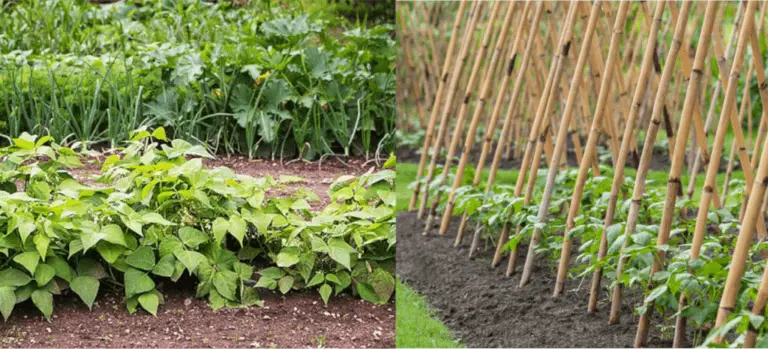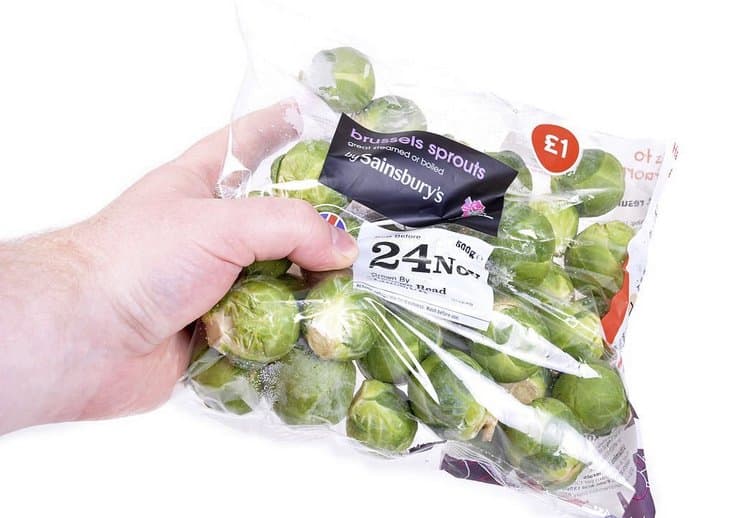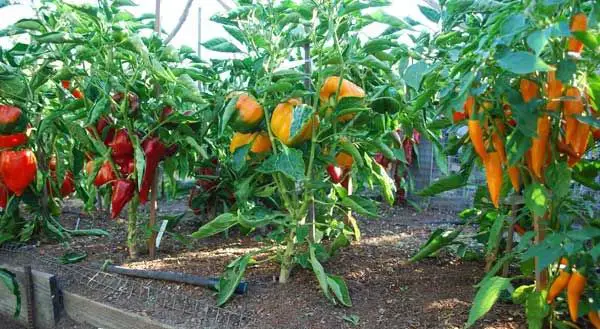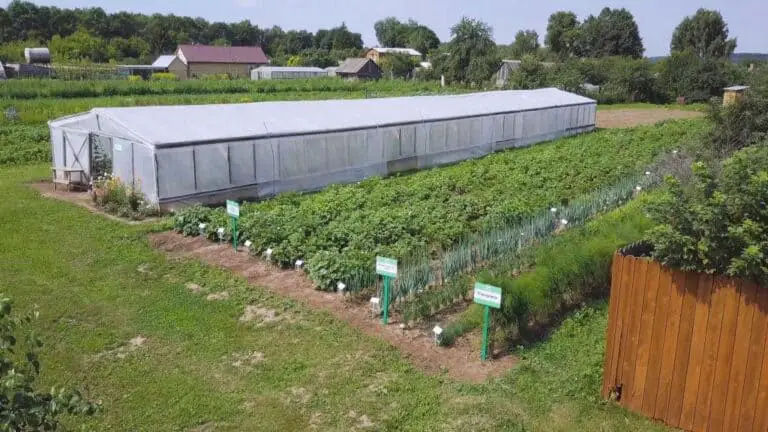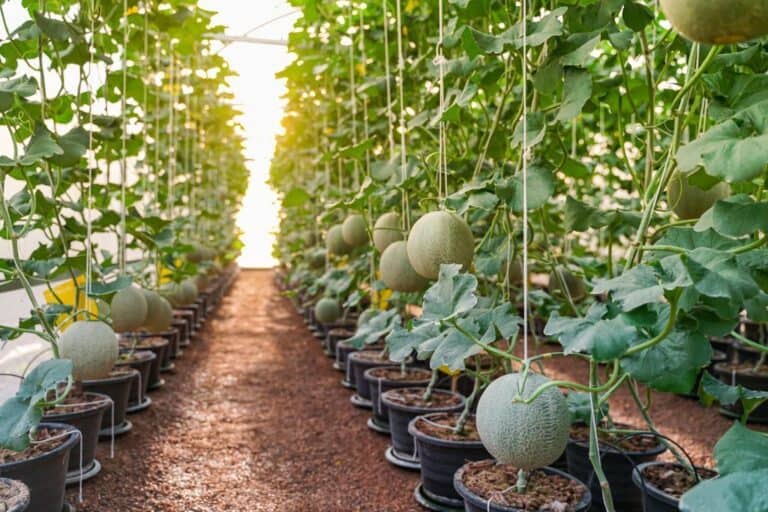Can I Plant Zucchini Seeds Directly in the Ground?

Imagine stepping out into your backyard on a warm spring morning. The sun is just starting to peek over the horizon. You feel the earth as you plant zucchini seeds into the ground. Nurturing these tiny seeds into vibrant green vines is exciting and rewarding. They will be laden with delicious fruits.
But before you dive into this gardening adventure, you may wonder: can I plant zucchini seeds in the ground?
In this article, we will explore planting zucchini seeds outdoors. We will cover picking the right spot and caring for your growing zucchini patch.
Ready to turn those fantasies of fresher-than-fresh vegetables into reality? Join us as we explore if planting zucchini seeds in the ground is possible and better than other methods. These include starting indoors or using transplants. Get ready for expert advice on the best way to do this. It will let you enjoy plump homegrown zucchinis all season long!
Introduction to Zucchini Cultivation
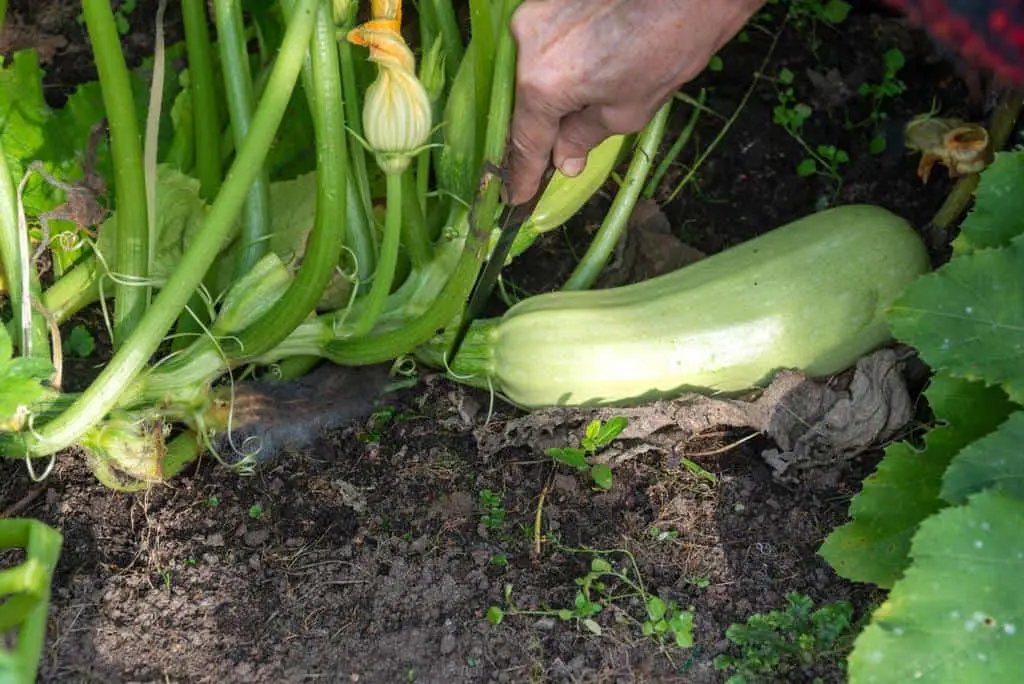
But first things first – let’s start by clarifying exactly what zucchini is. Zucchini (Cucurbita pepo) belongs to the summer squash family and is renowned for its versatile nature in culinary applications. It has an elongated shape and smooth skin. The skin ranges from light green to deep yellow. The flesh is tender and can be cooked in many ways. It can be grilled, sautéed, or baked into breads or muffins. The possibilities are endless!
Aside from adding incredible flavor to dishes, growing your own zucchini brings forth a multitude of benefits. One of these is undoubtedly having access to produce at its peak freshness right outside your doorstep. No more settling for store-bought options that often fall short on taste and texture!
Additionally, cultivating your own zucchini enables you to control pesticide usage or opt for organic gardening methods completely. Plus, it’s cost-effective too! With just a few seeds and some TLC in nurturing them into thriving plants yielding abundant harvests throughout the summer, you’ll save money while reaping all the glorious flavors Mother Nature has bestowed upon us.
Can I Plant Zucchini Seeds Directly in the Ground?
Yes, you can plant zucchini seeds directly on the ground. This method is known as direct sowing. Seeds are sown directly into the soil where they will grow. This is instead of starting them indoors and then moving them later.
Direct sowing is common and effective for zucchini. It lets the seeds grow in the same conditions they will have in their life cycle. This method is particularly suitable for zucchini, as they are quick-growing plants that can adapt well to direct sowing.
| Related: Do Zucchini Flowers Close After Pollination? |
Pros and Cons of Direct Seeding
Advantages of Direct Seeding:
- Ease of Planting: Planting is easier if you seed directly. It avoids the need to start seeds indoors or buy transplants. This saves time and reduces the hassle associated with transplanting.
- Cost Savings: Starting seeds indoors or buying transplants can be costly, especially for large gardens. Directly sowing seeds helps avoid these expenses while still yielding a bountiful harvest.
- Less Transplant Shock: Transplanting can stress young plants, leading to stunted growth or plant loss. Direct seeding minimizes this shock, allowing zucchini plants to establish themselves more naturally.
- Promotes Better Root Development: It helps roots grow better. When you sow zucchini seeds directly into good outdoor soil, the roots grow stronger than transplants. This is due to the fact that roots can grow down naturally after germination without restriction from pots or containers.
Disadvantages of Direct Seeding:
Disadvantages of Direct Seeding:
- Longer Time to Harvest: Direct seeding typically takes longer until harvest compared to using transplants that are already several weeks old. Most zucchini varieties grown from seed require around 50–60 days from germination to harvest.
- Risk of Pest Damage: There is a risk that birds or other pests may eat some of the zucchini seeds before they have a chance to sprout and grow into healthy seedlings. To reduce this risk, consider covering newly planted areas with protective netting until the seedlings emerge and establish themselves.
Direct seeding has advantages. These include easy planting, lower cost, and potential for better roots. But, it’s important to weigh these against the potential downsides.
Steps for Planting Zucchini Seeds Directly in the Ground
Planting zucchini seeds directly in the ground can be a rewarding experience. Here are the steps to follow for successful direct planting:
- Select a Suitable Location: Choose a spot in your garden that receives full sun and has well-drained soil. Zucchini plants thrive in sunlight and require soil that doesn’t hold water.
- Prepare the Soil: Before planting, prepare the soil by adding compost or well-rotted manure. This will improve the soil’s fertility and provide essential nutrients for the growing zucchini plants.
- Plant the Seeds: Plant the zucchini seeds directly in the ground at the recommended depth, typically around 1 inch deep. Space the seeds according to the seed packet instructions, usually 3 to 4 feet apart in rows spaced 6 to 8 feet apart. This spacing allows the plants to have enough room to grow and spread out.
Follow these steps. You can plant zucchini seeds in the ground. Then, look forward to a big harvest of this tasty summer squash.
| Also read: How to Trim the Zucchini Leaves |
Watering and Care After Planting
1) Proper watering techniques
After you have planted your zucchini seeds in the ground, it is important to water them properly. The key is to provide consistent moisture without overwatering. Zucchinis prefer a well-drained soil that is evenly moist but not soggy. To achieve this, water deeply and thoroughly once or twice a week, depending on the weather conditions.
One effective method is to use a soaker hose or drip irrigation system placed at the base of each plant. This ensures that the water goes directly to the roots while minimizing waste through evaporation. Avoid overhead watering, as it can lead to leaf diseases and fungal issues. Also, try to water early in the morning or late in the evening. Do this when it’s cooler, so foliage can dry before night.
2) Mulching suggestions
Mulching your zucchini plants can greatly benefit their growth and overall health. A layer of mulch around each plant helps save water. It reduces evaporation from the soil and stops weed competition.
Choose natural mulches such as straw, shredded leaves, grass clippings (only if untreated with herbicides), or composted materials. Apply a layer about 2-3 inches thick around each plant while maintaining a gap between mulch and stem for proper air circulation.
Mulching has more benefits than just retaining moisture. It also moderates soil temperature during hot summer days and stops weeds by blocking their access to sunlight.
3) Regular weed control
Weeds compete with your zucchini plants for resources like nutrients, light, and space. It’s crucial to keep these interlopers under control throughout the growing season.
Regular weeding will help prevent unwanted vegetation from sapping vital nutrients away from your zucchinis’ root systems. When hand-pulling weeds near your zuccini beds, be sure not damage fragile roots. Be vigilant about removing weeds when they are still small and easy to manage. This will prevent them from establishing a strong foothold in your garden.
Consider using a layer of mulch, as mentioned earlier, to actively suppress weed growth. Additionally, cultivating the soil surface gently with a hoe or cultivator tool can help break up weed roots before they become established.
Keep in mind that prevention is key; ensuring that your zucchinis have adequate spacing and maintaining proper moisture levels will also help stave off weed growth and keep your plants healthy throughout the season.
| Also read: Zucchini Seed Viability: How Long Zucchini Seeds Last |
Factors to Consider Before Direct Seeding
1) Ideal Temperature Range for Germination
Before sowing zucchini seeds, consider the ideal temperature for germination. Zucchini seeds thrive in warm soil, so it’s crucial to wait until the soil has warmed up sufficiently before planting. The ideal soil temperature for germinating zucchini seeds ranges between 70°F and 95°F (21°C – 35°C). To ensure successful germination, use a soil thermometer to monitor the temperature at least two inches deep.
2) Frost Date Awareness
Another critical factor to consider before direct seeding is your region’s frost dates. Zucchini plants are very sensitive to cold. This is especially true in their early growth stages.
Make sure all frost has passed before transplanting your zucchini seedlings. Or before planting seeds outdoors. You can find last-frost dates for your area from local gardening resources or online databases.
3) Soil Type Preference
Zucchinis prefer well-draining soils rich in organic matter. They thrive in loamy or sandy soils. The soils have a pH of 6.0-7.5, which is slightly acidic to neutral. The nutrients in the soils are readily available for roots to take up.
4) Soil Preparation Suggestions
Preparing your garden bed appropriately will greatly influence the success of direct-seeded zucchinis.
Start by removing any weeds, rocks, or debris from the planting site, as these can impede plant growth and development.
Next, loosen the topsoil using a garden fork or tiller. But, avoid over-tilling. It may damage the beneficial organisms in the soil.
To improve drainage and add nutrients, add compost or well-aged manure with sand to heavy clay soils. Dig to a depth of at least six inches (15 cm).
If you have sandy soil that drains too quickly, add organic matter. For example, compost or well-rotted leaves can improve water and nutrient capacity.
Conclusion
In conclusion, we have learned that planting zucchini seeds directly can work well. It is a good method for growing this tasty summer squash. By planting the seeds directly in the ground, we eliminate the need for starting them indoors or transplanting seedlings. This saves time and effort, while also reducing the risk of transplant shock.
In this article, we explored the benefits of direct seeding. We also discussed techniques to ensure success. We have covered key points. These include: soil prep, picking the right spot, giving water and light, and shielding young plants from pests. By following these guidelines, you can increase your chances of a big zucchini harvest. And it will come straight from your garden.
Direct seeding is great for many gardeners. But, you may need alternative methods based on your situation. You live in a region with short growing seasons or harsh weather. Using indoor-started seeds or transplants might provide better results. It’s always good to experiment and find what works best for you.
So why not give direct seeding a try? Embrace the simplicity and efficiency it offers while enjoying fresh zucchinis all season. With a little patience, care, and natural gardening magic, you’ll soon be amazed by how easy it is to grow your own zucchini right from seed! Happy gardening!

